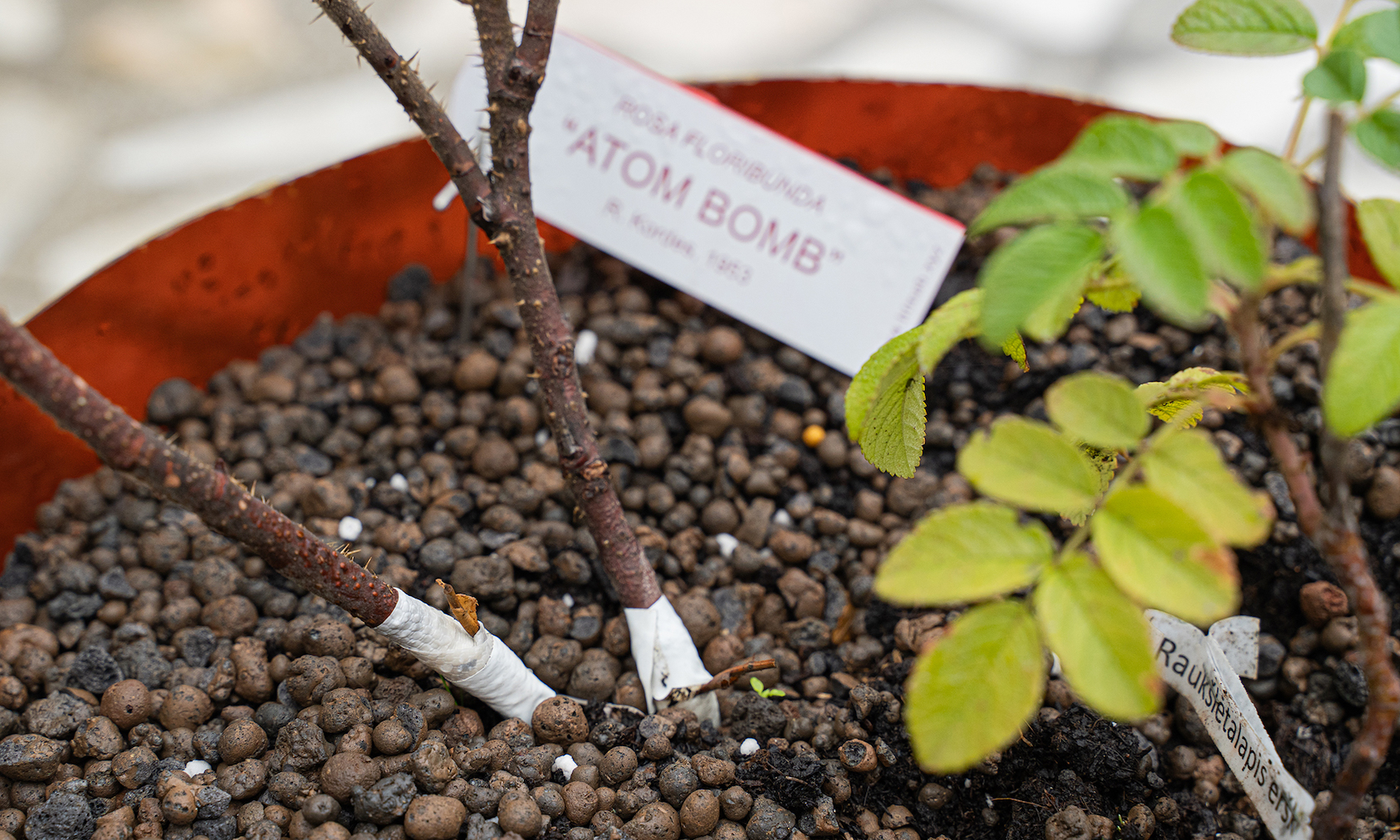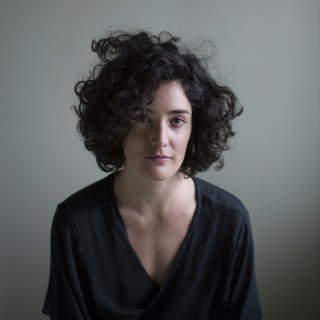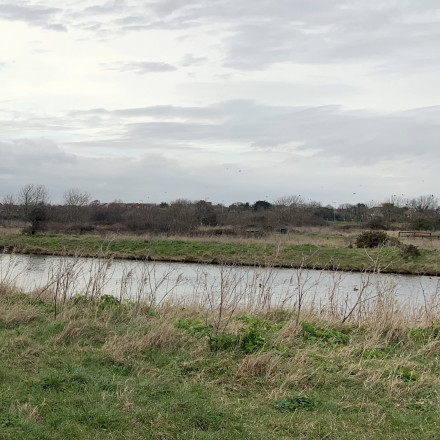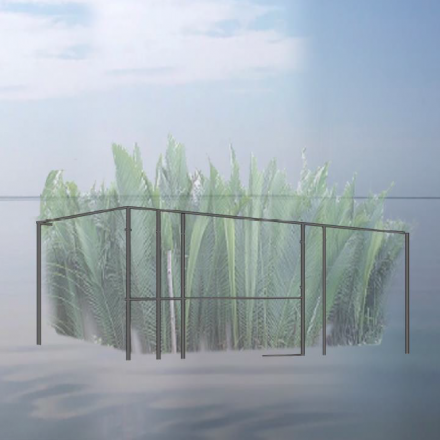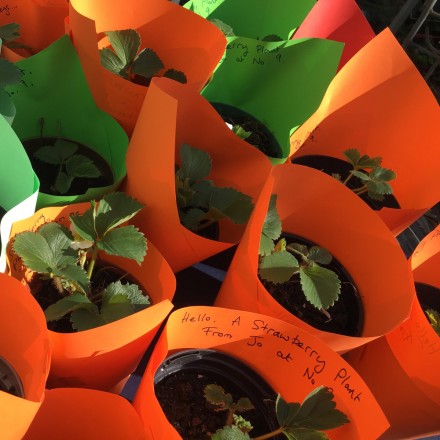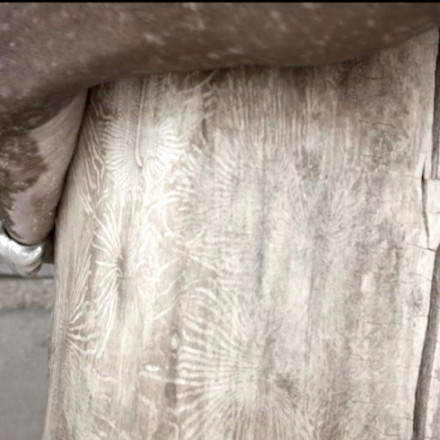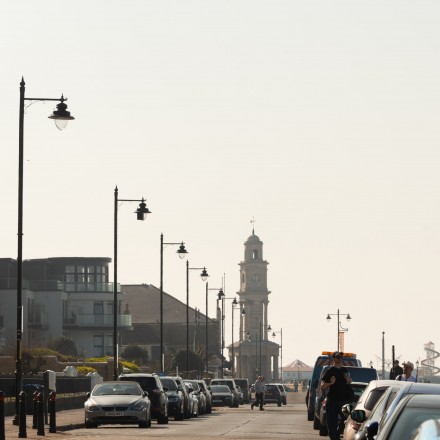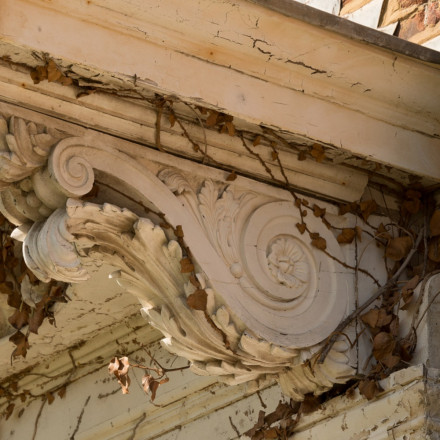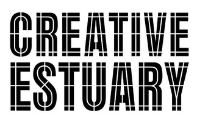An English Garden
An English Garden is the Estuary 2021 iteration of How to Make a Bomb, the durational gardening project by artist Gabriella Hirst. The project is centred on the propagation and redistribution of a nearly-extinct species of garden rose which was created and registered under the name Rosa floribunda ‘Atom Bomb’ in 1953. An English Garden is a living public sculpture: a formal English garden comprised of a fleet of ‘Atom Bomb’ roses produced through the How to Make a Bomb project, which aims to provoke questions about the relationship between of nationalism, gardening, and nuclear colonialism. The garden is a reminder that the red rose of England and the English garden is entangled with a violent past of gardening the world, which has continued into a dangerous present.
Since 2019 the How to Make a Bomb project has been curated by Warren Harper and sited at The Old Waterworks (TOW) where ‘Atom Bomb’ roses have been propagated, through grafting and cuttings. TOW is poignantly close to Foulness Island, where in 1952 Britain’s first atomic device was assembled before being sent to and detonated on the Monte Bello Islands off the coast of northwest Australia. This was the beginning of Britain’s devastating testing of nuclear weapons on Indigenous lands at Maralinga and Emu Field in so-called Australia.
Estuary 2021 will see An English Garden installed just upriver from Foulness Island at Gunners Park, Shoeburyness, which is former MOD land and is now a nature reserve under the care of Essex Wildlife Trust. Siting ‘Atom Bomb’ roses at TOW and Gunners Park is a way to reflect upon the history of the role of Essex in Britain’s nuclear colonial legacy and its ongoing impact. An English Garden’s formal layout and beds echo the floorplans of Foulness’s nuclear heritage architecture, and the aerial maps of the Australian contaminated test sites.
An instructional pamphlet, also titled How to Make a Bomb, has been produced to accompany the project and a forthcoming publication will be made available during Estuary 2021. At the end of the summer, the ‘Atom Bomb’ roses will be distributed throughout gardens in the UK parallel to the resurgence of long-dormant cold war-era public fear-mongering in the media and political rhetoric. How to Make a Bomb will also form part of Focal Point Gallery's Autumn 2021 exhibition 'Tip of the Iceberg'.
Commissioned as part of Estuary 2021 through a partnership between The Old Waterworks and Metal, with additional funding from Arts Council England Project Grants.
Top photo credit: Andrei Vasilenko
An English Garden by Gabriella Hirst & Warren Harper - book & pamphlet:
Order from The Old Waterworks shop here.
The publication compiles both written investigations and a visual essay of watercolour botanical drawings, mind maps, garden plans and diagrams. An English Garden speculates upon possible links between the British Imperial programme of ‘gardening the world’, the enduring impact of nuclear colonialism, and the political symbolism of plants, focussing namely on the cultivated rose plant as a highly manipulated ornamental species weighed down by powerful and contradictory meaning. Each copy of An English Garden comes with the pamphlet ‘How to Make a Bomb’ as an insert.
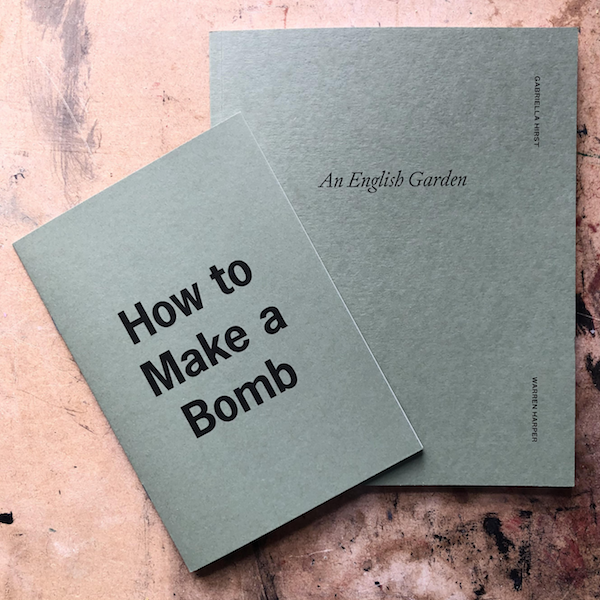
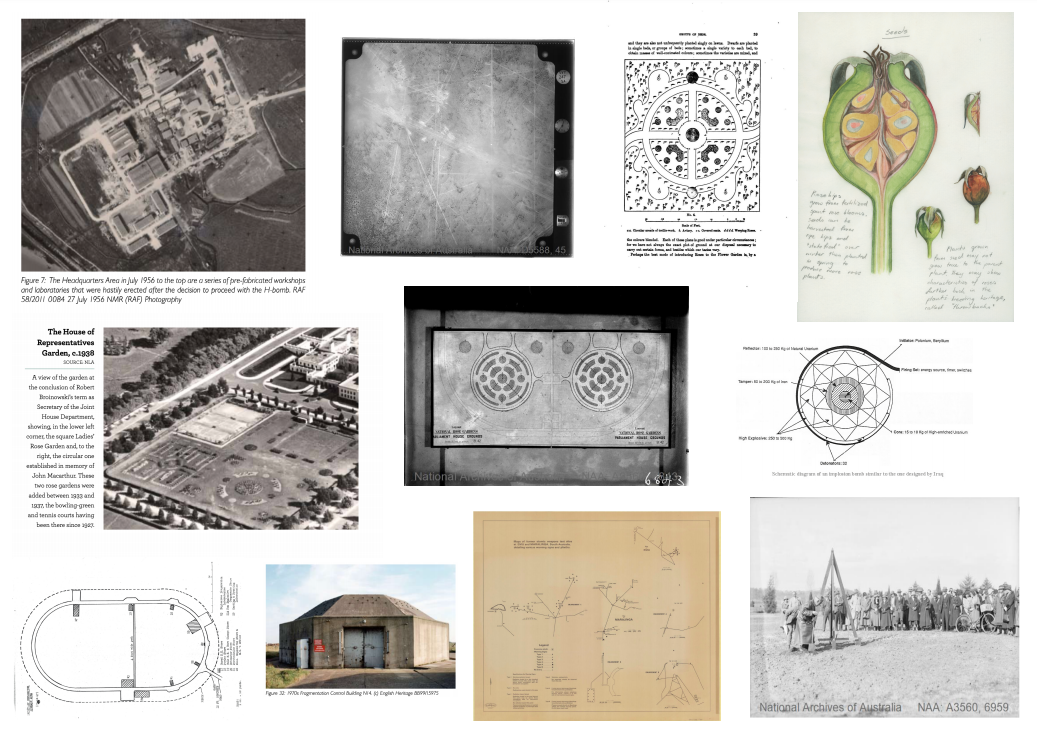

 maybe later
maybe later
